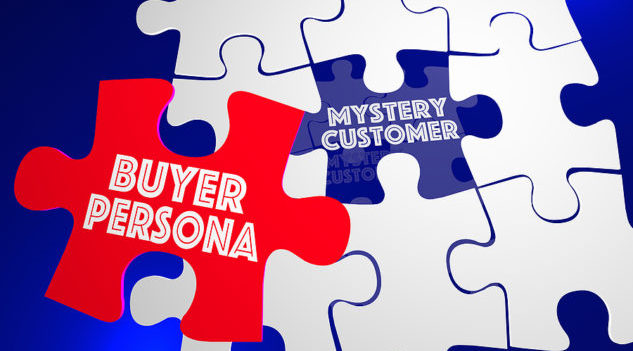Buyer Personas are a best practice tool for marketers that define types of ideal customers. Personas are not profiles of simple demographic information like sex, age, income, ethnicity and marital status. These descriptions dig deeper to capture psychographic information like needs, goals, challenges, perceptions and motivations for a particular type of buyer in the market for product.
Why we buy what we buy
Social and psychological factors come into play when people buy products. What and why we buy has more to do with our emotional wants, than our rational needs. Take dining out for example. Dining out is so much more than the food. We dine out for human connection, the experience of being tended to, the theatre of food presentation and participating in a shared social ritual of food-making and meal presentation.
The wants and needs around food are primal, ancient, cultural, develop and change. Sometimes change is triggered quite quickly through trends or imperatives such as COVID. A culture focused on convenience, independence combined with the recent isolation imposed by COVID, has taken its toll on personal interaction and connection. Human connection is essential to health. Engaging with a restaurant team or simply spending some time in a restaurant or café refreshes and sustains us. A beautifully prepared and presented meal is an expression of love and is not lost on today’s discerning and more informed buyer.
Pinpoint your target
Uncovering buyer personas help you market with pinpoint accuracy. Digging into buyer personas helps you to uncover what people like about your product and what their priorities were when they chose to buy from you – critical to know at any time, but especially so if you are attempting to re-ignite interest in your product or are in a highly competitive environment.
Buyer personas help your staff develop a strong understanding of who your customers really are and why they do and choose what they do. It also helps staff when suggestive, up and cross-selling on the floor. Identifying and defining buyer personas helps you better express your Unique Selling Proposition (USP) in all that you do and what marketing materials and channels you choose. Understanding buyer personas help tailor the words, tone, stories, pictures and videos to use in your marketing. Done correctly, your prospective customers will feel like you are speaking to them directly, using their language and addressing their unique needs and concerns.
Gather the data
Start with your ideal buyers. Review any past customer research you may have conducted. Ask sales or floor staff about current regular buyers’ characteristics. Pinpointing the personas that generally visit your competitors’ venue can tell you more about those that visit yours. Analytics data on traffic to your website will tell you the average age of site visitor, male or female. For each persona type, observe and document: frequency of visits, time of day they buy and spending habits. What that person values about your business may be apparent from their comments in their online review. Equally the comments in poor rating reviews are what they don’t value about your business. Group buyers together to create a persona that represents that type.
You could also undertake an interview with some of your regular customers, but offer them an incentive to do so. You can offer a gift certificate for those on your email list that complete an emailed survey. Persona interviews and surveys require unearthing the person’s unstated goals and talking candidly and personally about their lives. It takes time for the trust required to develop, so your research survey must be carefully-designed, timed and customers carefully chosen. You should enrich and refine your personas regularly, as buyer preferences, attitudes and trends never stand still.
Viktoria Darabi, Founder, Savvy and Successful and Business Connect Advisor, Western Sydney Business Centre
















